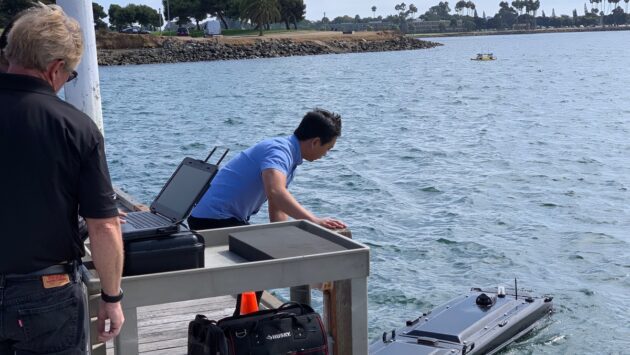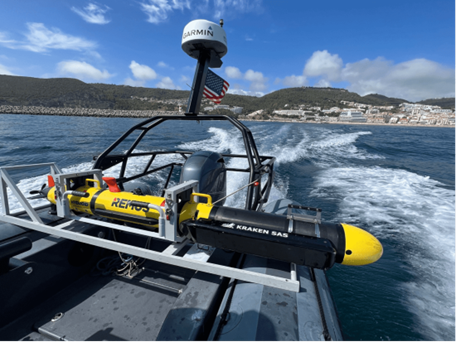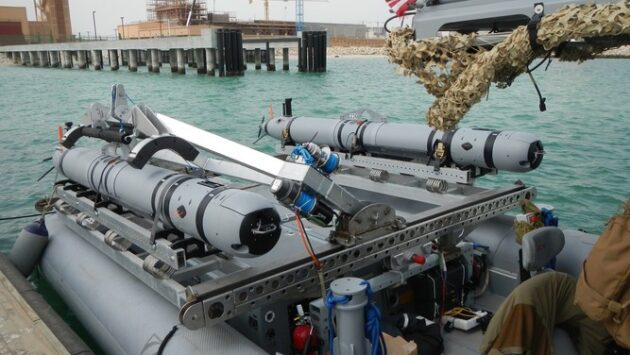Autonomous Vehicles for Challenging Southern Ocean Conditions
Autonomous Vehicles for Challenging Southern Ocean Conditions
News that Norwegian oil and gas company, Statoil, will explore the Great Australian Bight off South Australia after taking over two of BP’s exploration permits points to increased activity in the harsh ocean conditions bordering the Southern Ocean.
Leveraging the knowledge gained from UAVs and other fixed mounted sensors across myriad industries, the Liquid Robotics Wave Glider provides an elegant, cost effective solution to host sensors and to operate in the harshest ocean environments. Wave Gliders have had years of exposure to the worst the ocean can offer, and design changes and developments impacting everything from communications to propulsion have resulted from this real-world experience.
Recent missions by oceanographers from Applied Physics Laboratory-University of Washington (UW) near Antarctica again demonstrate the reliability and versatility of the Wave Glider for missions in regions with extreme winds and wave heights to 6m. With the goal of improving climate change models, the UW mission demonstrated how autonomous platforms can fill observational gaps in the Southern Ocean near Antarctica.
Check out the video below to learn more about the UW mission and learn more about the capability of Wave Gliders in big seas and cold waters in the attached white paper.
Great Australian Bight drilling flagged by Statoil after deal with BP
Successful Wave Glider Mission in Southern Ocean
 From Big Waves to Cold Water – Unique Mission Requirements and Results from Unmanned Surface Vehicle (14359 KB)
From Big Waves to Cold Water – Unique Mission Requirements and Results from Unmanned Surface Vehicle (14359 KB)
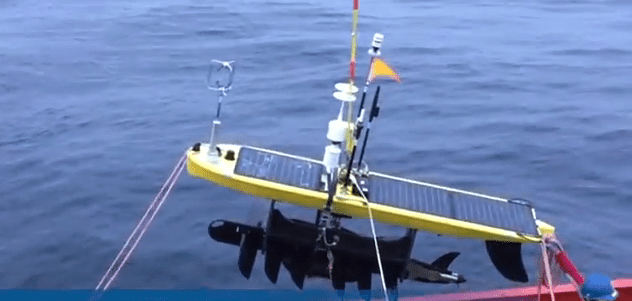 |
| The standard Wave Glider sensor package was augmented with instruments for turbulent winds, air temperature and humidity. |
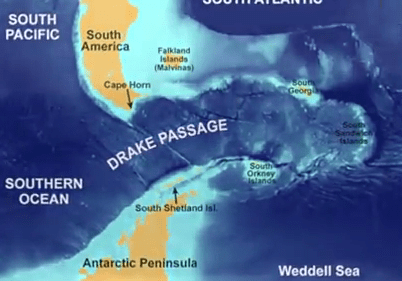 |
| The successful 3-month mission collected a data set of unprecedented temporal persistence and spatial coverage in the Drake Passage. |


